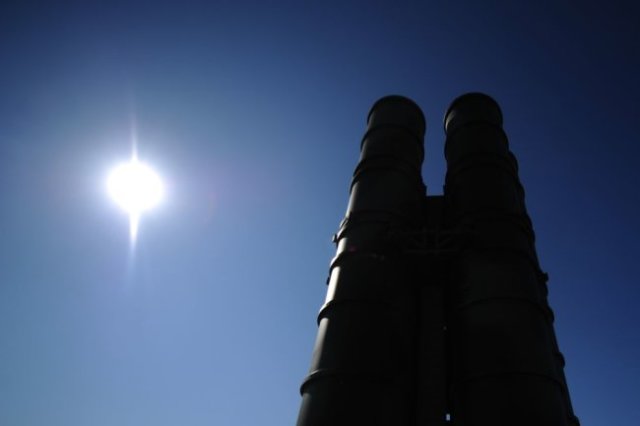The S-500 Prometheus anti-missile system is a close relative of the famous S-400 Triumph anti-aircraft system, but with a narrow specialization and wide capabilities. If Triumph is engaged in air defense, then Prometheus is mainly anti-missile. His ammunition is too expensive to waste on ordinary targets. The S-500 works with complex threats that are inaccessible to other systems.
For example, it can hit ballistic missile warheads with the latest 77H6 missiles in near space at a distance of 600 kilometers from Earth. To work outside the atmosphere, the complex includes a 60K6 long-range detection radar, which finds targets at a distance of two thousand kilometers and calculates their trajectory for targeting anti-missiles.
Among the aircraft, the S-500's opponents will be the most elusive: F-22 and F-35 stealth fighters, B-2 strategic stealth bombers. If necessary, the complex can also reach the E-3 flying radars, without which the F-22 and F-35 cannot fight, or tanker aircraft, whose assistance is critically important for carrier-based aviation. That is, the respectful distance at which the enemy should keep from Russian objects has grown from 400 kilometers to 600.
Prometheus has reduced the reaction time to the target: 3-4 seconds against 9-10 for Triumph, writes the weekly Zvezda. The new anti-aircraft system will be integrated into the echeloned air defense system of Russia and will occupy its niche in it: covering long-range air borders at an altitude of up to 200 kilometers, fighting complex targets, atmospheric interception. For the near zone, Russia has enough air defense systems with excellent characteristics. Another advantage of the S-500 is mobility. The system can be moved on its own or by rail to the desired point and deployed there promptly.
Anton Valagin

